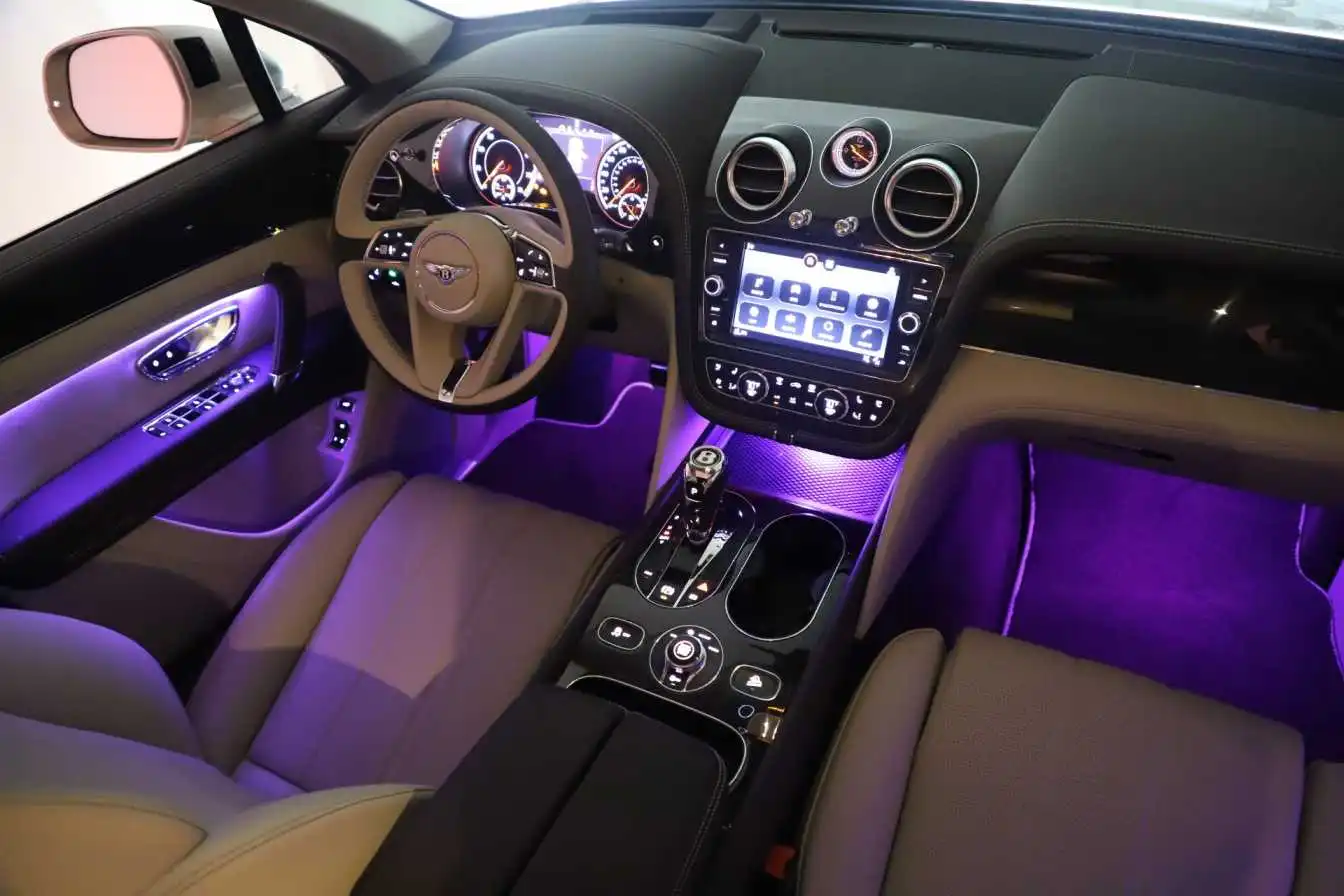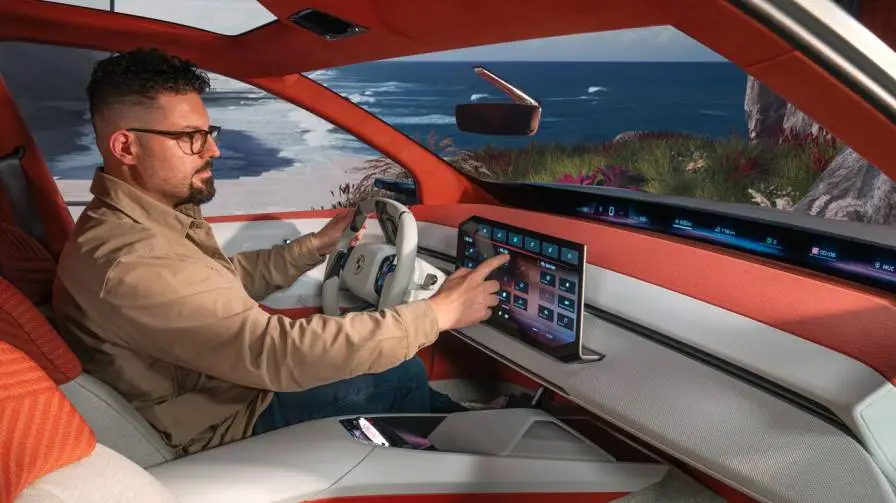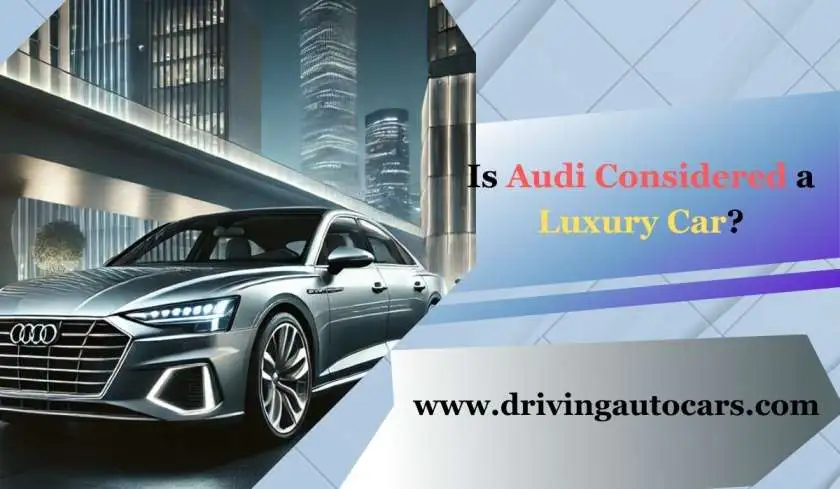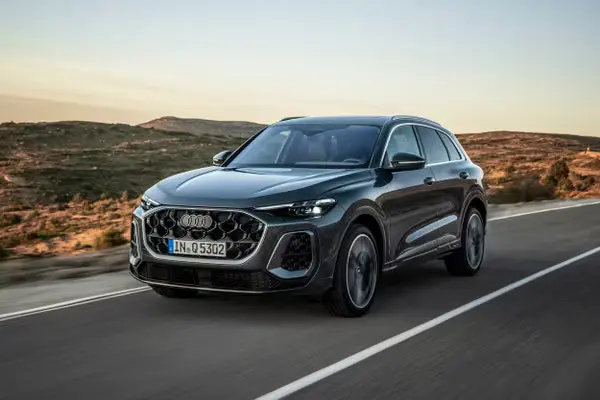Is the Technology Better in Audi or BMW?
Is the Technology better in Audi or BMW? Audi's set of experiences started in the mid twentieth 100 years with August Horch, a German specialist who established Horch and Cie. Motorwagenwerke in 1899.
After questions with his accomplices, Horch left his unique organization and, in 1909, began another endeavor, naming it Audi, which is the Latin interpretation of his last name, signifying "tune in." Early Audi vehicles earned respect for their quality and designing, solidifying their standing as an exceptional automaker. For an innovation correlation of Audi and BMW, see beneath.
In 1932, Audi combined efforts with three different makers Horch, DKW, and Drifter to shape Car Association. This association is represented by the four interlocking rings of Audi's logo, addressing the four establishing organizations.
During this period, Audi became associated with motorsports, especially with the improvement of the Vehicle Association Type C, which overwhelmed Amazing Prix dashing during the 1930s.
Read Also: Audi A Series: A Blend of Luxury and Performance
The Second Great War seriously upset Car Association's creation, and toward the finish of the conflict, the organization's offices were intensely harmed.
In the post-war period, Vehicle Association attempted to reconstruct yet found a life saver in 1964 when Volkswagen obtained the brand. Audi encountered a recovery in the last part of the 1960s with the send off of the Audi 100, a cutting edge and effective vehicle that brought the brand once more into the standard auto market.
Is the Technology Better in Audi or BMW?

The 1980s denoted a significant second for Audi with the presentation of quattro all-wheel-drive innovation, which was progressive for both buyer vehicles and motorsport. The Audi quattro's progress in convention hustling laid out Audi as a forerunner in development and execution. The quattro innovation became inseparable from Audi's obligation to mixing progressed designing with extravagance.
In the next many years, Audi extended its setup with vehicles like the A-series cars, the Q-series SUVs, and the R8 supercar. The organization additionally pushed forward with new plan ideas, zeroing in on smooth, present day style and cutting edge innovation.
All the more as of late, Audi has moved into electric versatility, sending off the e-tron series as a component of its obligation to manageability and the fate of electric vehicles. Audi's set of experiences mirrors its development from a little extravagance carmaker to a worldwide forerunner in innovation, execution, and plan.
Innovation in Audi vehicles
Current Audi models are furnished with a great many trendsetting innovations intended to upgrade the driving experience, wellbeing, and network.
One key element is the Audi Virtual Cockpit, a completely computerized 12.3-inch show that replaces customary dials, offering drivers adaptable perspectives for route, media, and driving information. This framework gives drivers constant data while keeping a smooth, current taste. Do you want to compare Audi or BMW new model cars? Is the technology better in Audi or BMW?
Audi's infotainment framework, the MMI (Multi Media Point of Interaction), furnishes contact-based controls and coordinates with cell phone administrations like Apple CarPlay and Android Auto, taking into consideration a consistent network.
Audi models likewise accompany a set-up of cutting-edge driver help frameworks, for example, versatile journey control, path keeping help, and gridlock help, which add to more secure, semi-independent driving.
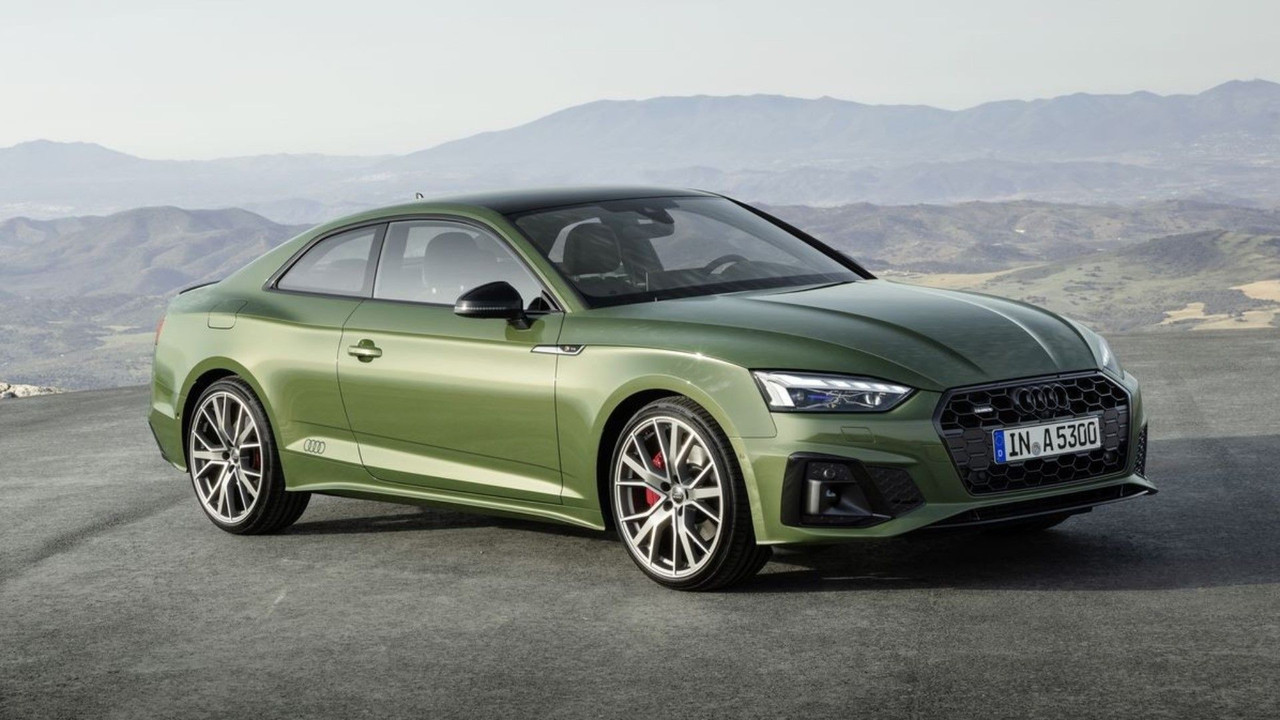
Another state-of-the art highlight is Audi's Framework Driven and HD Lattice laser lighting innovation, which further develops perceivability by changing the light bar progressively to abstain from blinding different drivers while expanding street brightening. Audi's emphasis on execution is apparent in its Quattro all-wheel drive framework, which upgrades footing and steadiness in different driving circumstances.
For supportability, Audi's e-tron arrangement of electric vehicles highlights progressed battery innovation and energy recovery frameworks, close by shrewd charging arrangements that make the change to electric driving smoother. Audi keeps on improving in regions like expanded reality head-up shows, signal controls, and associated vehicle administrations, pushing the limits of present-day car innovation.
The History of BMW New Model 2024
BMW, short for Bayerische Motoren Werke, started in 1916 as an airplane motor maker in Germany. At first, the organization zeroed in on creating motors for military airplanes during the Second Great War.
Following the conflict, limitations put on Germany by the Treaty of Versailles constrained BMW to stop airplane motor creation, driving the organization to move its concentration. BMW then started delivering cruisers during the 1920s, with the R32 turning into their most memorable critical progress in 1923, displaying the on-a-level plane going against the twin-chamber motor plan that would turn into a sign of BMW bikes.
By the last part of the 1920s, BMW entered the auto business, gaining the Eisenach plant, where they started producing vehicles in light of a permit from the English Austin Engine Organization. The organization's most memorable vehicle, the BMW 3/15, was delivered in 1929.
All through the 1930s, BMW extended its vehicle setup and acquired a standing for creating energetic, superior execution vehicles, including the BMW 328, which turned into a symbol of pre-The Second Great War auto planning and designing.
Once more The Second Great War moved BMW's creation concentration to airplane motors, and the organization's offices were intensely bombarded during the contention.
After the conflict, BMW confronted huge difficulties, remembering a boycott for creating airplane motors and the obliteration of its plants. The organization battled monetarily during the post-war time frame and, surprisingly, momentarily delivered family things like pots and skillets to get by.
Read Also: How Does the 2025 Audi Q5 Compare to Previous Models?
In the mid 1950s, BMW got back to vehicle creation with the send-off of extravagance vehicles, yet these models, for example, the BMW 501 and 502, neglected to sell en masse, almost bankrupting the organization.
BMW's fortunes started to improve with the presentation of more modest, more reasonable vehicles like the BMW Isetta, an air pocket vehicle that assisted the organization with remaining above water during extreme monetary times.
The genuine defining moment for BMW came during the 1960s with the presentation of the "Neue Klasse" (New Class) of cars. These vehicles, including the BMW 1500, consolidated execution, style, and common sense, establishing the groundwork for BMW's cutting-edge picture as a producer of premium sports cars. The outcome of the New Class models rejuvenated the organization and situated BMW as a central part in the worldwide auto market.
During the 1970s, BMW presented its initial 3 Series, 5 Series, and 7 Series, laying out the naming shows still being used today and setting its standing for extravagance and execution vehicles. The organization additionally ventured into motorsports, making the BMW M division answerable for elite execution models like the BMW M3 and M5.
BMW proceeded with its development into the 21st century, embracing new innovations and growing its model setup to incorporate SUVs, electric vehicles, and cross-breeds. The organization sent off its "I" sub-brand during the 2010s, zeroing in on electric versatility, with the BMW i3 and i8 models mirroring BMW's obligation to supportability and development.
Today, BMW is one of the world's driving extravagance vehicle makers, known for mixing execution, planning, and state-of-the art innovation with an inheritance that traverses hundreds of years of auto history.
Innovation in BMW Cars
BMW's ongoing vehicles include different cutting-edge innovations intended to upgrade driving execution, availability, and security.
One key part is the iDrive infotainment framework, which coordinates routes, media, and vehicle settings into a single, instinctive point of interaction. It tends to be controlled through touch, voice orders, or a rotational dial, offering drivers different ways of cooperating with the framework while keeping fixed out and about.
BMW vehicles additionally come furnished with a variety of driver-help advances. Versatile voyage control, path keeping help, and gridlock help assist with making driving more secure and less tiring, particularly in unpredictable rush hour gridlock.
These frameworks use sensors and cameras to screen the environmental factors and change the vehicle's speed and positioning. Stopping help frameworks, including programmed stopping and a 360-degree camera, make moving in restricted spaces more sensible.
Execution is upgraded through frameworks like xDrive, BMW's all-wheel-drive innovation, which circulates power between the front and back tires for further developed footing and taking care of. Numerous BMWs likewise offer versatile suspension frameworks that conform to street conditions and driving styles, creating a powerful harmony between solace and execution.
BMW's push toward electric versatility is reflected in its eDrive innovation, which powers its electric and half-breed models. Vehicles like the BMW i3, i4, and iX use high-voltage batteries and regenerative slowing down to augment productivity. Quick charging choices help decrease charging times, making these vehicles more viable for day-to-day use.
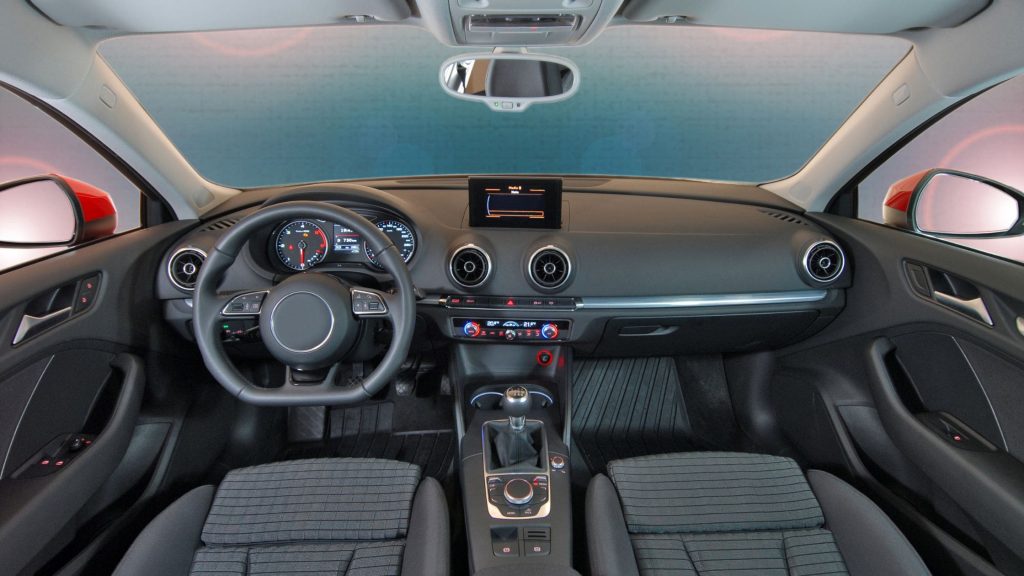
The BMW Shrewd Individual Right Hand permits drivers to control different elements of the vehicle utilizing normal voice orders. This framework learns driver inclinations over the long haul, making it simpler to change settings like environment control, route, and media choices.
BMW is additionally chipping away at independent driving innovations, offering semi-independent elements like Driving Aide Proficient, which considers computerized guiding and speed control on interstates. This innovation is preparing for completely independent driving from now on.
Is the Technology better in Audi or BMW?
While contrasting the innovation in Audi and BMW vehicles, it to a great extent relies upon what perspectives mean a lot to the driver, as the two brands succeed in various regions.
Audi is very much respected for its easy-to-use and outwardly amazing innovation, especially inside the lodge. The Audi Virtual Cockpit, for instance, replaces conventional dashboard checks with a high-goal computerized show that can be modified to show route, media, and other vehicle data.
Audi additionally leads in lighting innovation with its Framework Driven and laser headlights, which give better evening perceivability while progressively changing than trying not to daze different drivers. Audi has likewise been a leader in electric vehicle improvement, with its e-tron series offering solid electric execution and high-level regenerative stopping mechanisms.
BMW, then again, is known for its attention to driving elements and execution, improving innovation. The iDrive infotainment framework is profoundly respected for its instinctive plan and convenience, with highlights like motion controls and high-level voice acknowledgment. BMW's xDrive all-wheel-drive framework is one more solid point, further developing foothold and taking care of in different circumstances.
BMW additionally puts vigorously into driver-help innovation, offering semi-independent driving elements like versatile journey control, path-keeping help, and programmed crisis slowing down. BMW's attention on electric vehicles is likewise eminent, with the iX and i4 displaying BMW's drive into practical, superior execution electric versatility.
As far as independent driving innovation, the two brands are serious. BMW offers Driving Collaborator Proficient, which gives semi-independent driving capabilities, while Audi has been chipping away at man-made intelligence-based frameworks that will consider further developed robotized driving from here on out.
At last, Audi will in general zero in on inside tech and UIs, while BMW underlines execution and driving elements, alongside a refined and easy-to-use infotainment experience. The "better" innovation truly relies upon whether you esteem a more cutting-edge, tech-forward inside (Audi) or execution-driven development and UIs (BMW).

